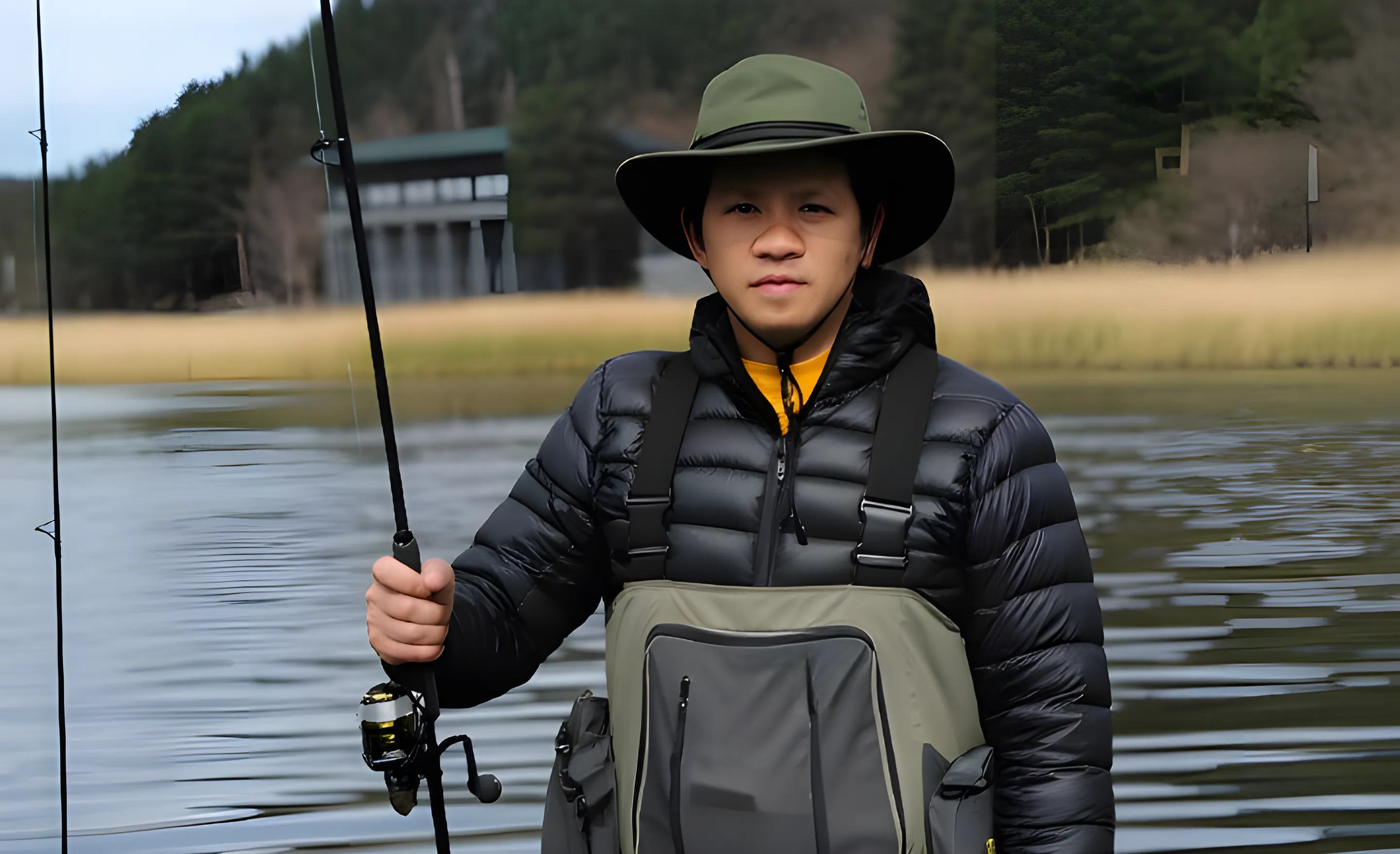The Ultimate Guide to Tokyo Rig Fishing: Setup, Techniques & Pro Tips
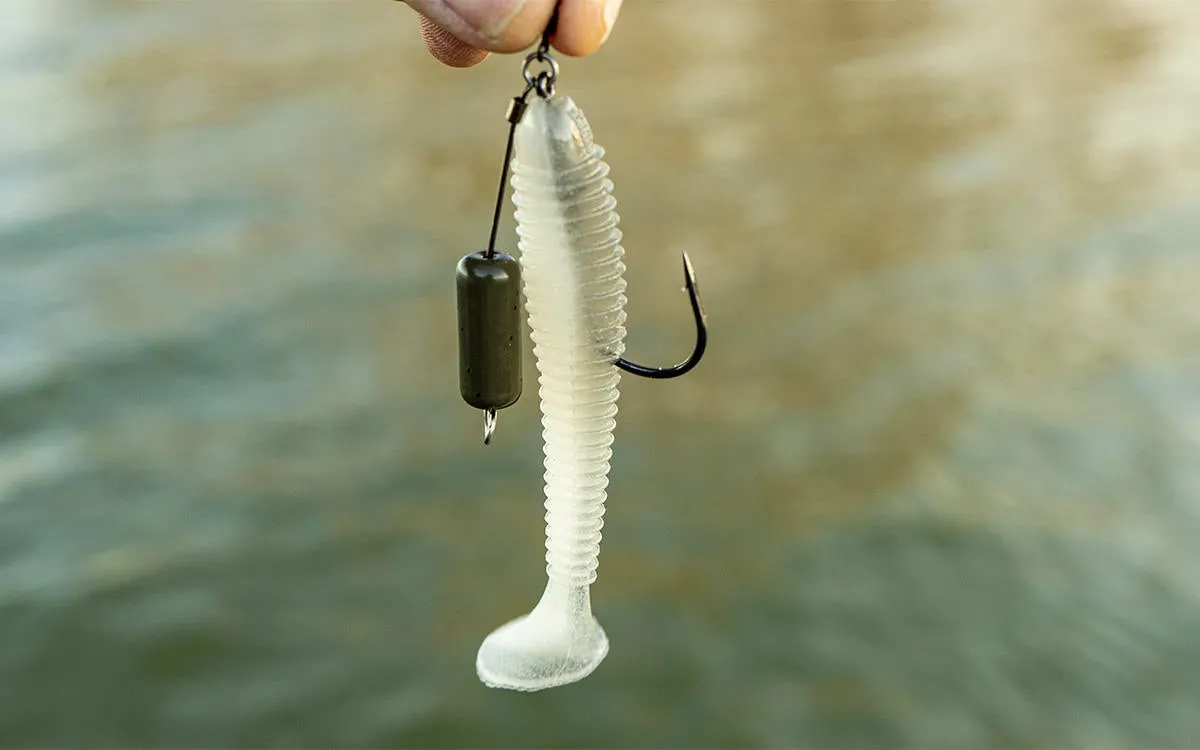
When I first discovered the Tokyo rig, I honestly thought it was just another passing trend. But after my first season using it, I realized it was one of the most versatile tools in my tackle box—a game-changer that we now regularly recommend to the angling community at Riversiderelics.com.
The Tokyo rig is a unique bass fishing setup. At its core, it’s a short wire dropper hanging from a sturdy swivel, with a hook on top and a weight fixed at the bottom.
This design brilliantly combines elements of a Texas rig, a drop shot, and a punch rig. If you already know how to rig a texas rig for bass, you'll immediately recognize the familiar hook and bait setup. It keeps your bait elevated just off the bottom while letting the weight make solid contact with the structure, giving you the best of all worlds.
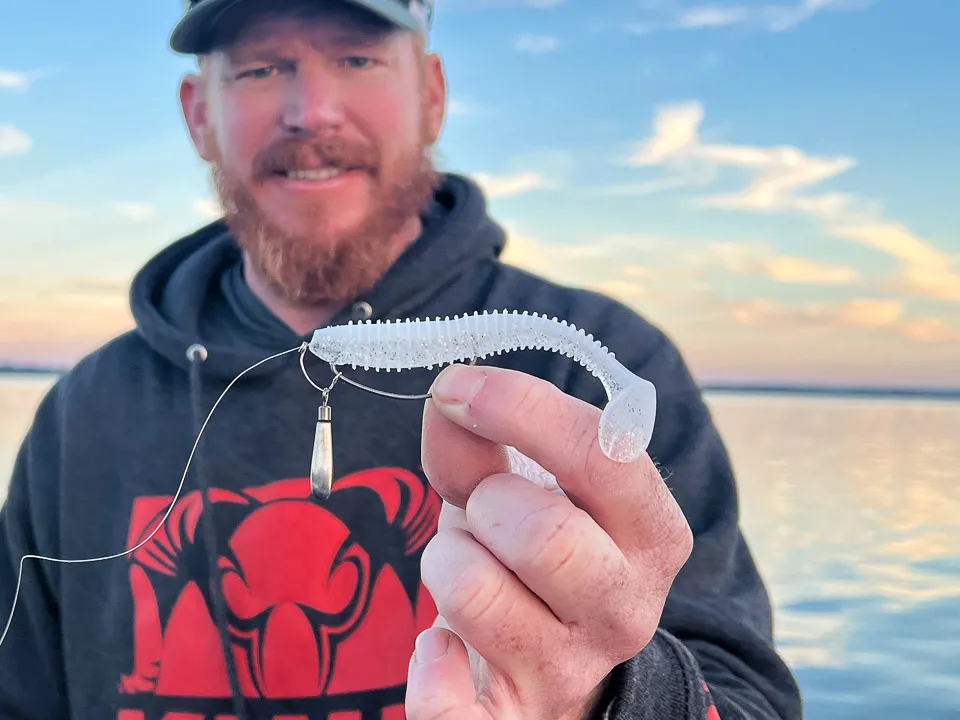
My "aha!" moment with tokyo rig fishing came while working a rocky point that had only produced short strikes on a Texas rig. I switched to the Tokyo rig, and the freer movement of my soft plastic was instantly convincing. Within minutes, I felt that distinct thump of a quality largemouth. That one fish sold me for life.
Why Fish the Tokyo Rig? Key Advantages
One of the biggest advantages I’ve noticed is how incredibly well it comes through cover. It offers a unique presentation that pressured fish often haven't seen before, making it one of my favorite bass fishing techniques.
-
Extremely Snag-Resistant: The design, with the weight below the hook, allows it to slide through chunk rock, lily pad stems, and hydrilla mats with minimal hang-ups.
-
Superior Bait Action: Because the weight is separated from the bait, your soft plastic can move and float freely. This is a key principle shared with other setups, like the mojo rig, which also aim for a more natural presentation.
-
Better Hooksets: When a bass inhales the bait, it doesn't immediately feel the resistance of the weight. This gives you an extra split-second to drive the hook home for a solid connection.
-
Unmatched Versatility: It's not a one-trick pony. You can punch it, drag it, flip it, or even use it with a swimbait in open water.
Pre-made vs. DIY Tokyo Rigs
When you're getting started, you have two main options: buy pre-made rigs or build your own. Both have their place in your tackle box.
Pre-made rigs are perfect if you’re just starting out or short on time. They’re built with strong components and are balanced for general use. I’ve relied on brands like VMC for trips where I needed proven reliability right out of the package.
DIY Tokyo rigs, on the other hand, give you total control to fine-tune every aspect-wire length, hook style, and hook size-to match specific conditions. It becomes a core part of your customizable bass fishing gear.
Here is a quick breakdown:
My advice? Keep both. Use pre-made rigs for convenience, but when conditions get tricky, the flexibility of a DIY rig can give you a serious edge.
How to Build Your Own Tokyo Rig: A Step-by-Step Guide
I thought the setup looked intimidating at first, but it’s actually one of the simplest and most rewarding rigs to assemble from our list of the best bass fishing rigs.
Step 1: Gather Your Components
You'll need:
-
A strong rolling swivel or a solid O-ring.
-
A 3-4 inch piece of stainless steel leader wire.
-
A quality hook (EWG for creature baits, straight shank for worms).
-
Your preferred weight (tungsten offers the best sensitivity).
Step 2: Attach the Wire to the Swivel
Thread the wire through the bottom eye of the swivel. Use needle-nose pliers to bend it into a clean loop and wrap the tag end tightly so it won’t slip.
Step 3: Add the Weight
Slide your weight onto the wire. To secure it, bend the wire back on itself just above the weight and wrap it tightly.
Pro Tip: Leave a tiny gap so the weight can swing slightly. This adds to the bait's natural movement.
Step 4: Tie On Your Main Line
Using the top eye of the swivel, tie your main fishing line on with a strong knot, like a Palomar or Uni knot.
Step 5: Rig Your Bait
Thread your soft plastic onto the hook just as you would with a Texas rig. Make sure it sits straight to prevent line twist. This rig works with many of the best bass fishing lures, including creature baits, craws, and paddle-tail swimbaits.
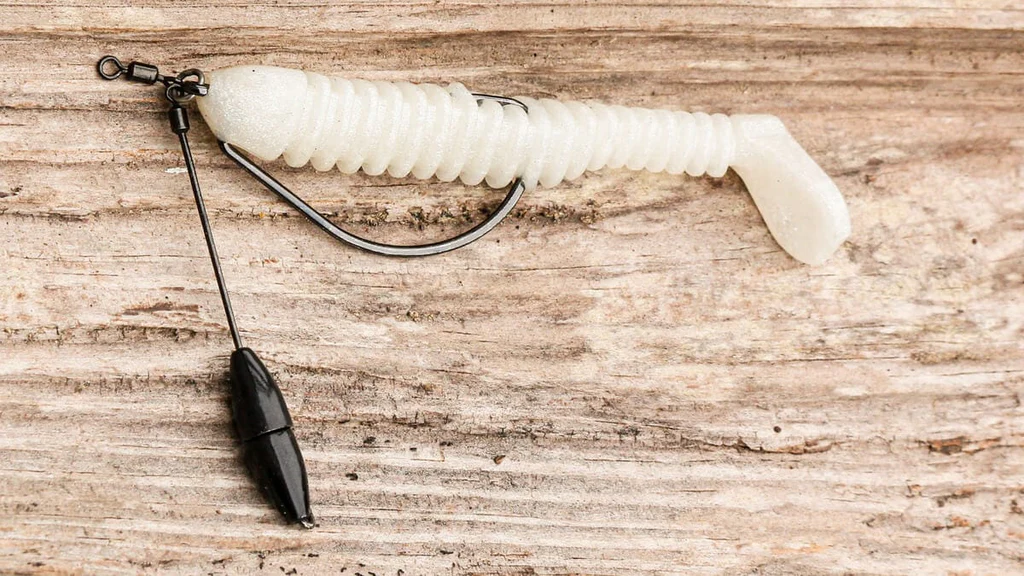
Techniques & Applications: How to Fish the Tokyo Rig
This is where the Tokyo rig truly shines. Its adaptability is off the charts.
Punching Mats and Heavy Cover
When bass are buried deep in hydrilla or milfoil, use a heavy 1 to 1.5 oz tungsten weight. The streamlined rig punches through clean. Once inside, the bait stays just above the gunk, a presentation that is sometimes even more effective than traditional jig fishing for bass in the same cover.
Dragging Across Rock or Gravel
On rocky bottoms, lighten your weight and use a craw-style bait. It serves a similar purpose to a Carolina rig but keeps the bait closer to the action, which can be a key difference when debating the Carolina rig vs Texas rig philosophy of weight separation.
Bed Fishing in the Spring
During the spawn, the Tokyo rig is deadly. You can drop the weight on the bed and shake your line, making the bait dance in place without pulling it out of the sweet spot. This subtle action drives bedding bass crazy.
Open Water Swimbait Presentations
Don't just use it for cover! Thread on a small paddle-tail swimbait and slowly retrieve it near the bottom. The rig gives it a slightly elevated, perfectly natural swimming motion that suspended fish can't resist.
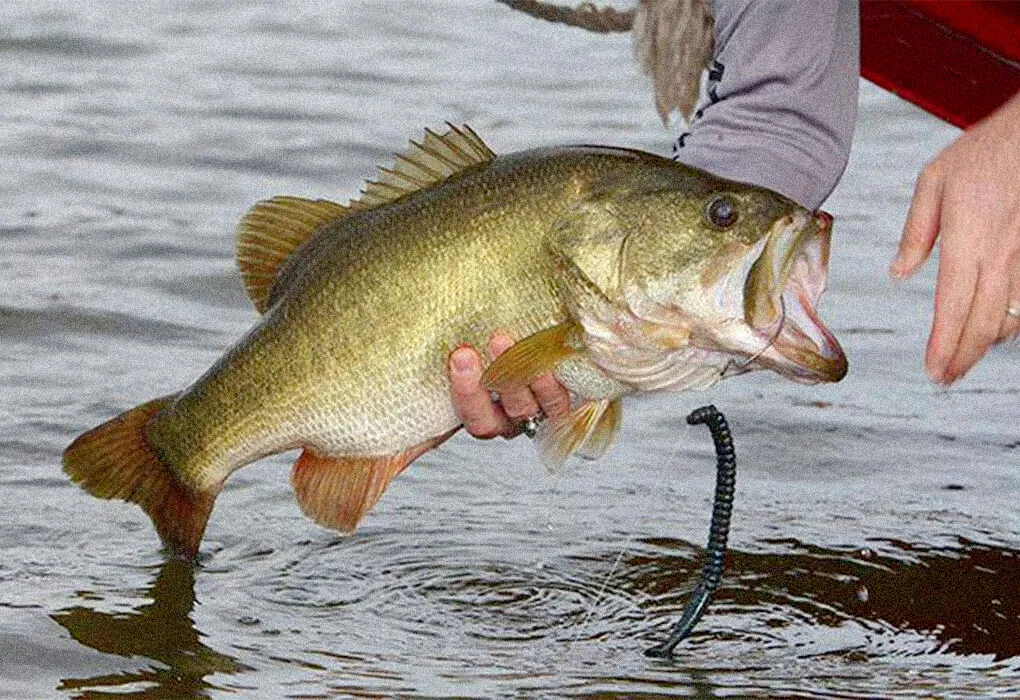
Best Gear for the Tokyo Rig Setup
Pairing this rig with the right gear is critical for maximizing its potential.
Rod
I prefer a 7’3” to 7’6” medium-heavy or heavy power rod with a fast-action tip. It's the kind of backbone you'd look for in the best bass fishing rod for power techniques. The length provides casting distance and leverage, while the fast tip is essential for quick, solid hooksets.
Reel
A high-speed baitcasting reel (7.1:1 or faster) is key. It helps you pick up slack line in a hurry, which is crucial when a fish bites in heavy cover or deep water. Our complete guide to the best baitcasting reels for bass fishing.
Line
-
Heavy Vegetation: Use 50–65 lb braid. Its strength and zero-stretch properties are perfect for pulling fish out of the thick stuff.
-
Rock or Clear Water: Switch to 17–20 lb fluorocarbon. It's often considered the best fishing line for bass in these situations due to its abrasion resistance and low visibility. Our review of the best fluorocarbon lines.
Hooks and Weights
Always use strong, sharp hooks. I rotate between 3/0 and 5/0 EWG hooks for bulky baits and straight-shank hooks for worms. For weights, tungsten is my go-to—it’s more compact and far more sensitive than lead.
Tokyo Rig Limitations: When to Use Something Else
While powerful, the Tokyo rig isn’t perfect for every situation.
It’s not the most aerodynamic rig, so casting distance can be shorter. In ultra-clear water, the wire and swivel can also be more visible to wary fish than other setups.
And while you can use it for finesse, it truly excels as a medium to heavy-duty presentation. If I’m targeting extremely finicky bass, knowing how to fish a drop shot rig is essential for those vertical presentations, and sometimes subtle approaches with spybaits for bass or the hover strolling rig (mid-strolling) can outperform everything else.
FAQs
Conclusion
So there you have it. From punching the thickest summer mats to finessing a bait on a deep rocky ledge in the fall, the Tokyo rig has proven its worth time and time again. It’s more than just another piece of terminal tackle; it’s a complete system that gives you the power to adapt to the conditions and the mood of the fish. Mastering the art of tokyo rig fishing isn't just about learning a new setup-it's about adding a layer of confidence and versatility to your angling arsenal that will pay off in any season. So tie one on, experiment with different baits and wire lengths, and see for yourself why this rig has earned a permanent place in my boat.
Aviv Nguyen is a passionate fisherman who loves sharing stories and tips from his fishing adventures. Whether it’s freshwater or sea, he finds joy in every cast and aims to inspire others to enjoy the great outdoors through fishing.
Share This Post With Friends

